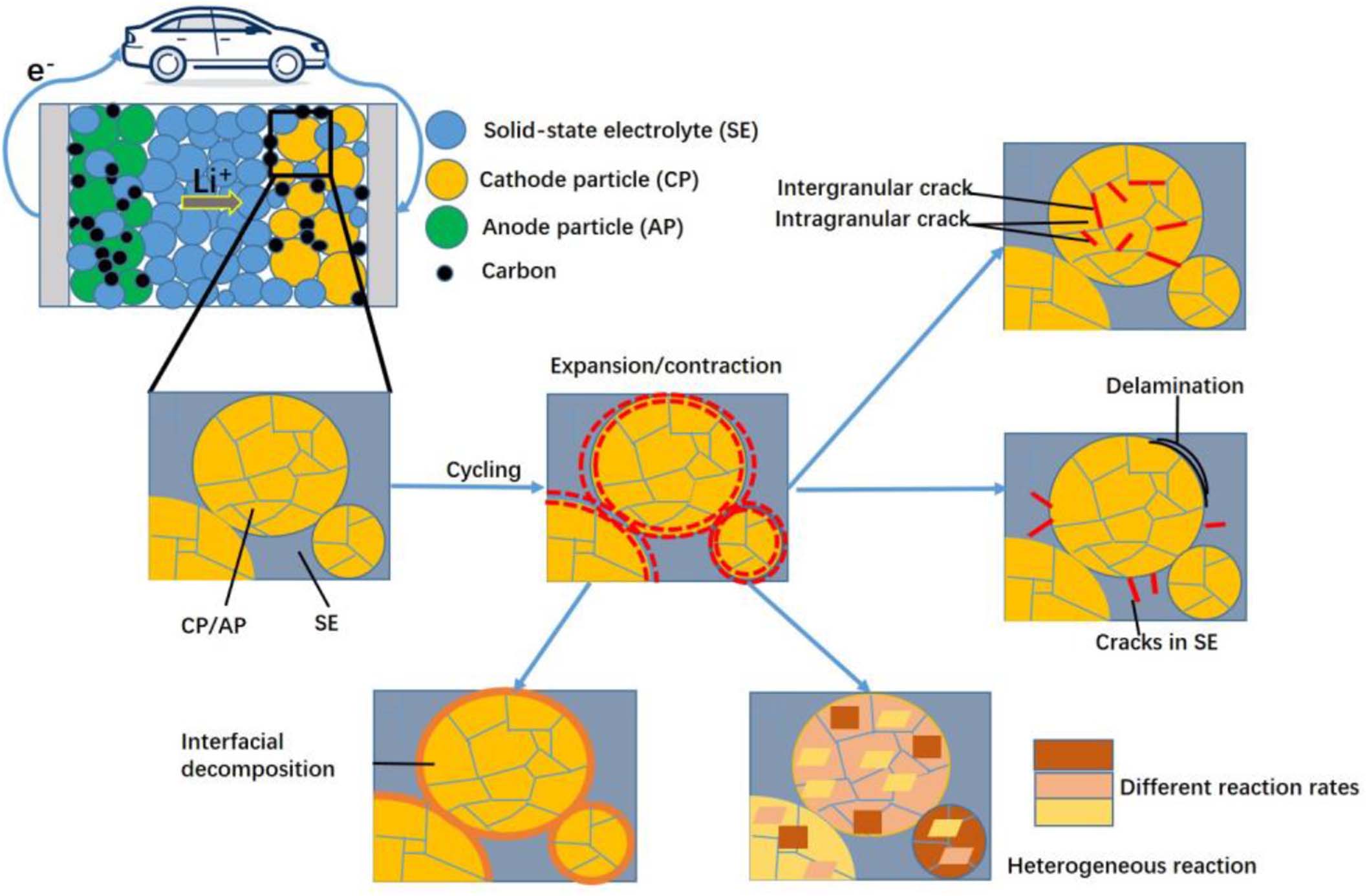Battery interface studies

Chemical and Electrochemical processes at solid-liquid and/or solid-solid interfaces are essential to cycle life of lithium-ion/lithium-metal batteries. In conventional lithium-ion batteries with liquid electrolyte, electrolyte decomposition results in the formation of a solid-electrolyte interphase (SEI), and this layer plays an essential role in determining the stability and cyclability of the battery. SEI components are determined by various factors. In our work, SEI formation and interface processes on anode surface are investigated utilizing characterization methods, including XRD, XPS, synchrotron light source and other techniques.
For solid-state batteries, interface side reaction is one of the key obstacles for real application. Unveiling the reaction mechanisms and end components at the solid-solid interfaces between solid electrolyte and electrodes is vital. Even more stringent requirements on interface stability will be imposed by utilizing lithium-metal anode. To shed more light in such regime, delicate synchrotron-based techniques, with excellent brightness and spatial resolution, are adopted to achieve chemical, elemental, and morphological understandings during interface formation processes.
Publication
- Zhao, Y, Y. Wu, H. Liu, S.-L. Chen and S. H. Bo (2021). “Accelerated Growth of Electrically Isolated Lithium Metal during Battery Cycling.” ACS Applied Materials & Interfaces 13(30): 35750-35758.
- Tang, B., P. W. Jaschin, X. Li, S.-H. Bo and Z. Zhou (2020). “Critical interface between inorganic solid-state electrolyte and sodium metal.” Materials Today.
- Li, Y. Zhao, Y. Shen and S. H. Bo(2020). “Fracture behavior in battery materials”. Journal of Physics: Energy, 2(2), 022002.
- Wu , Y. F., S. H. Bo and Y. Y. Xia (2020). “Solid-electrolyte interphase formation process on Li2TiSiO5 anode in LiPF6-based carbonate electrolyte.” Journal of Power Sources 467.